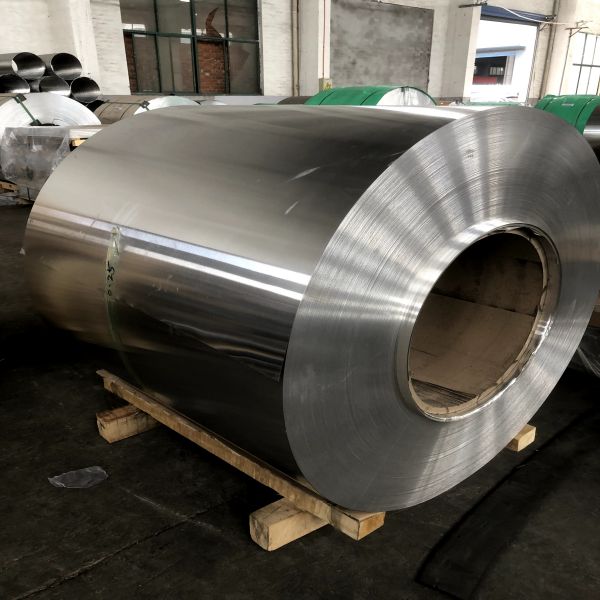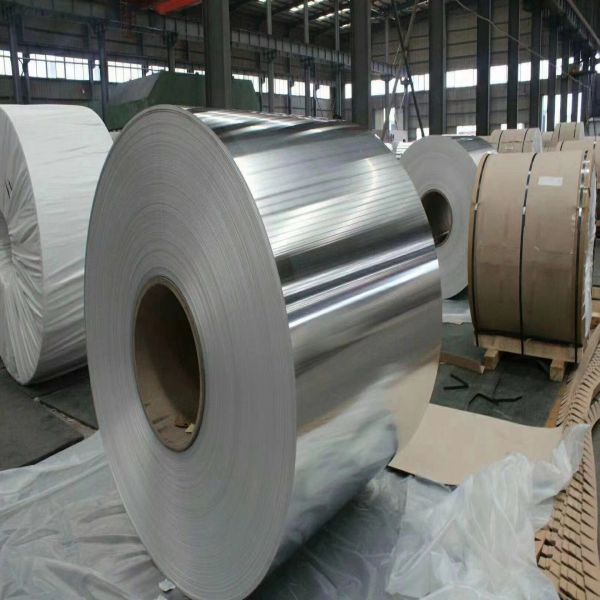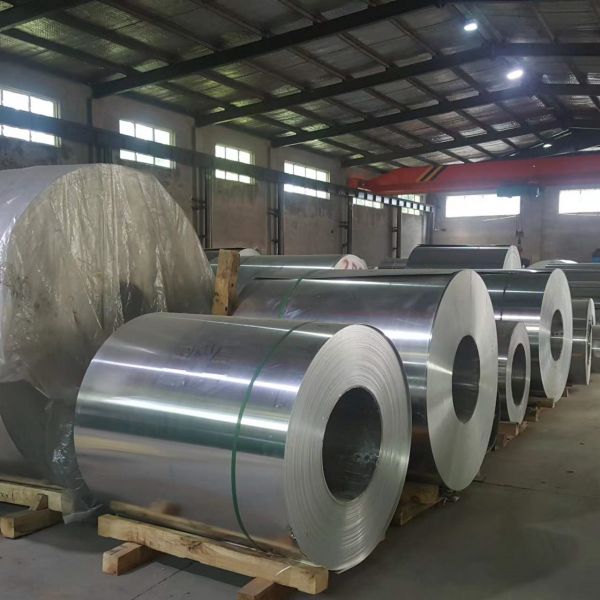Is 5052 aluminum good for welding?
09-04-24
In metal processing and manufacturing, choosing the right material is crucial to product performance, cost and production efficiency. Aluminum alloys, especially 5052 aluminum alloy, have been widely used in many fields such as aerospace, automotive manufacturing, construction and packaging due to their good corrosion resistance, formability and relatively light weight. However, when it comes to welding, a key process, people often ask: Is 5052 aluminum alloy suitable for welding?
1) Basic characteristics of 5052 aluminum alloy
5052 aluminum alloy belongs to the Al-Mg series, with magnesium as the main alloying element and a small amount of trace elements such as chromium and manganese. This alloy not only has excellent corrosion resistance, but is also particularly suitable for applications that require good formability and high strength. It has moderate strength and is easy to process and cut, making it an ideal material for manufacturing parts that require complex shapes.
2) Weldability analysis
● In Advantages
● Good weldability: 5052 aluminum alloy exhibits good weldability in most cases. Whether it is TIG (tungsten inert gas shielded welding), MIG/MAG (molten inert gas/active gas shielded welding) or manual arc welding, satisfactory weld quality can be obtained. The strength of its welded joint is usually not lower than that of the parent material, which can meet most engineering requirements.
● Good crack resistance: Compared with some other aluminum alloys, 5052 aluminum alloy has a lower tendency to crack during welding. This is due to the reasonable ratio of its alloy components, which makes the structure and performance of the welding heat affected zone relatively stable.
● Strong corrosion resistance: After welding, 5052 aluminum alloy can still maintain good corrosion resistance, which is especially important for parts working in humid or corrosive environments.
4) Precautions
● Thermal sensitivity: Although 5052 aluminum alloy has good weldability, it is still necessary to control the heat input during welding. Excessive heat input may cause softening of the welding heat affected zone and reduce the mechanical properties of the joint.
● Oxide film problem: A dense oxide film is easily formed on the surface of aluminum alloy, which will affect the welding quality. Therefore, the welding area must be thoroughly cleaned before welding to remove impurities such as oxide film and oil stains.
● Welding parameter selection: Correct welding parameter selection is crucial to ensure welding quality. This includes welding current, voltage, welding speed, and flow rate of shielding gas, which need to be adjusted according to the specific welding method and workpiece thickness.
5) Application examples
Due to the good welding performance and comprehensive performance of 5052 aluminum alloy, it is widely used in many fields. For example, in the automotive manufacturing industry, 5052 aluminum alloy is often used to manufacture body panels, fuel tanks and other components, which often need to undergo welding processes during the manufacturing process; in the construction industry, 5052 aluminum alloy can be used to make door and window frames, curtain walls, etc. These structural parts also require good welding performance to ensure the strength and stability of the overall structure.
6) Conclusion
5052 aluminum alloy is a very suitable material for welding. Its good weldability, crack resistance and corrosion resistance make it widely used in many industries. However, in practical applications, attention should still be paid to details such as controlling welding parameters and cleaning welding areas to ensure the quality and performance of welded joints. Therefore, for 5052 aluminum alloy parts that need to be welded, as long as appropriate welding processes and measures are taken, satisfactory welding results can be obtained.








